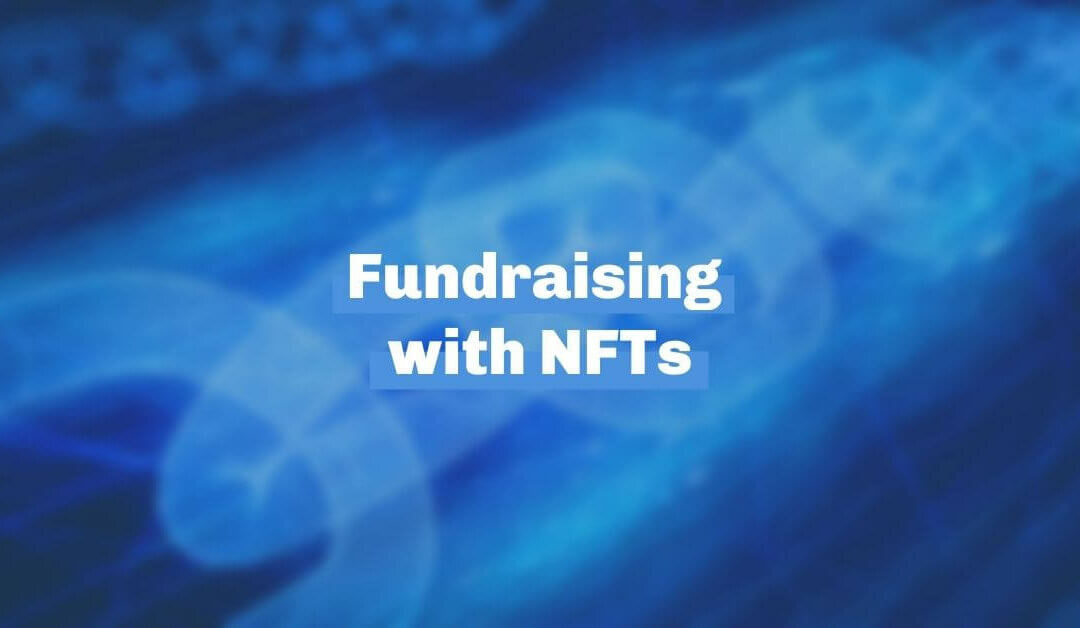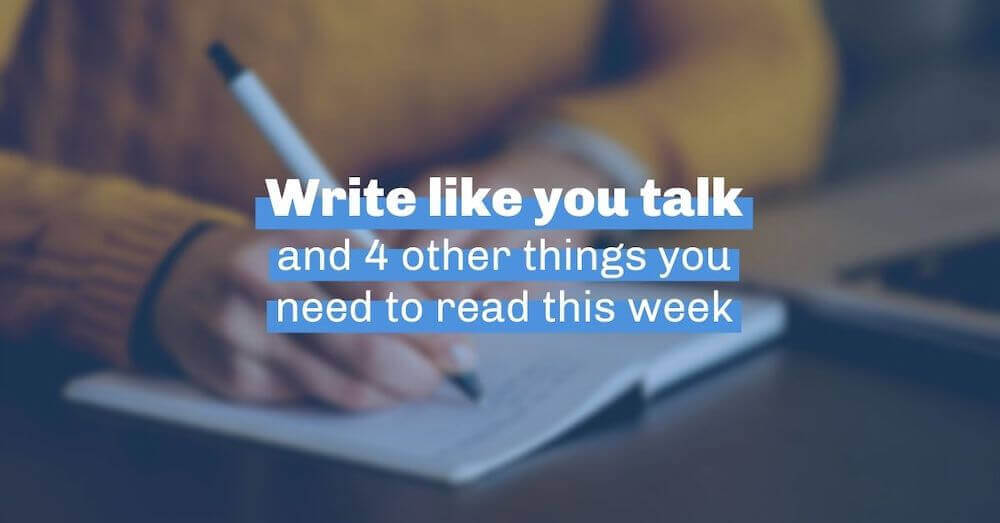
Fundraising with NFTs: 4 nonprofits doing it well
If news about Non-Fungible Tokens (NFTs), the blockchain, or this guy who became a millionaire selling his deadpan selfies has left you confused and scared, we get it. Luckily for you, we read about NFTs so you don’t have to. Even luckier for you, fundraising with NFTs is transforming philanthropy, and we know how you can get in on that action.
First things first, what are NFTs?
Tokens can be any kind of digital art (think: profile pictures, video game avatars or in-game tools, even a signed tweet). Non-fungible describes unique items that are valuable because you can’t replace them. I can trade my five-dollar bill with any other five-dollar bill and have the same amount of money: that’s fungible. But I would never trade this one-of-a-kind collectible painting by Jonah the sea lion for just any sloppy finger painting. It’s non-fungible. In short: NFTs are like collectible trading cards you can make, buy, and sell with internet money.
What do you do with NFTs?
NFTs are traded with cryptocurrency (think: bitcoin) on a decentralized database called a blockchain that protects your purchases. An NFT you buy on the blockchain shows everyone who has ever owned it before you, so you know the $10k penguin NFT you purchased is from the actual artist, not a scammer. The most popular platform for trading NFTs is OpenSea, which uses the Ethereum blockchain, so you pay for NFTs in Ethereum cryptocurrency (ETH).
How does fundraising with NFTs compare to other auctionable assets?
Compared to organizations auctioning off, say, a famous painting, selling an NFT has a few benefits:
- Anyone can mint an NFT, but not anyone can paint like Picasso
- Famous paintings can be forged, with NFTs that’s much harder
- They’re flexible—tokens work with different entities across gaming universes
- There’s plenty of room for collaboration between various artists or businesses
- And, oh yeah, NFTs are selling for more money than famous paintings these days
Here’s the best part…
Many donors are interested in giving to organizations in the form of cryptocurrency or NFTs. This gives your nonprofit the option of either holding the funds as an endowment (to let the investment mature) or converting the donation to a more stable currency. Plus, tax-wise, it’s a win-win. Organizations don’t pay taxes on donated NFTs they sell or receive as gifts. And donors don’t pay capital gains tax on NFTs they donate. (This does not constitute tax advice, always speak to a tax professional about your unique situation.)
Interested? Sites like the Giving Block make it easy to set up accounts for crypto donations.
Nonprofits who have made fundraising with NFTs work
There’s a wealth of famous NFT creators who have donated proceeds to worthy causes. But you don’t need to be a successful NFT artist to get in on the action—there are plenty of ways to get started on your own. Here are a few nonprofits that have figured it out and are fundraising with NFTs.
NFT4Good
The creators of NFT4Good wanted to use NFT proceeds to raise money for Asian-American community members as part of the #StopAsianHate movement, so they set up an open-edition collection of 88 influential Asian-American Pacific Islander digital card NFTs. Cards sold for $88 each through MerchNFT. The proceeds of this campaign went towards the Asian Pacific Community Fund, which distributes aid between nonprofits supporting Asian American, Native Hawaiian, and Pacific Islander communities. NFT4Good was able to embed the message of their cause into the design of their NFTs with descriptions of the work each figure did on the card. They also imbued the cards with exclusivity by cutting off the purchase or sale of their tokens on the last day of their campaign.
The Make-A-Wish Foundation
The Make-A-Wish Foundation is a giant in the fundraising community—and for a good reason. Recently, they’ve been at the forefront of fundraising by partnering with multiple corporations to benefit from the brands’ NFT auctions. Through a Dave & Buster’s campaign, users bid on a 3D original Dave & Buster’s Game Token and raised $3,800 for Make-A-Wish via Sweet. Macy’s also launched a campaign auctioning a collection of 10 tokens capturing iconic balloons of Macy’s Thanksgiving Day Parade. Macy’s donated all auction proceeds to Make-A-Wish and minted 9,500 free NFTs, which would donate 10% to the charity with each future transaction. The featured brands celebrated the excellent press from their donation and the passive brand marketing through NFT trades. Make-A-Wish got a larger platform to court new donors. Everybody won.
Alex’s Lemonade Stand Foundation
Alex’s Lemonade Stand Foundation (ALSF) is a foundation that funds cancer research, awareness, and support for families of sick children. But rather than go through large corporations or famous NFT creators, they made the tokens themselves and announced the auction on Twitter. In honor of Childhood Cancer Awareness Month, they minted three gold-ribbon NFTs set at 0.1 and 0.2 ETH ( $243.06 and $486.11). The NFTs were not elaborate, but each token explained how much time in the lab the donated funds would buy, ranging from one to ten hours of cancer research. It’s easy to see how the foundation could persuade generous donors!
Open Earth
Open Earth develops digital infrastructure that monitors climate efforts and tracks global progress on climate change measures. Instead of minting their own NFTs, they turned to the Social Alpha Foundation (SAF), a philanthropy group that sponsors social impact projects with privately gifted cryptocurrency. With SAF’s support, they hired talented NFT artists to produce eight tokens themed around environmental protection and sustainability. Tokens sold between $20k and $6 million on a platform called Nifty Gateway. The RNDR network generously joined this campaign to buy an offset of 500 metric CO2-equivalent tons through the Madre de Dios forest conservation project in Peru (that’s the equivalent of removing 108 cars from the road for a year). By turning to crypto-philanthropy experts and engaging with million-dollar artwork sold on the blockchain, Open Earth could maximize its fundraising impact and save a forest.
We know that NFTs are hard to understand—but, when fundraising with NFTs is done well, it could mean magic for your nonprofit. If you’re interested in embracing the latest fundraising trends, consider implementing NFTs into your strategy. Whether that looks like a small-scale campaign or a larger partnership, NFTs offer a unique way to engage with donors, try something new, and leverage the latest digital economies for good.

